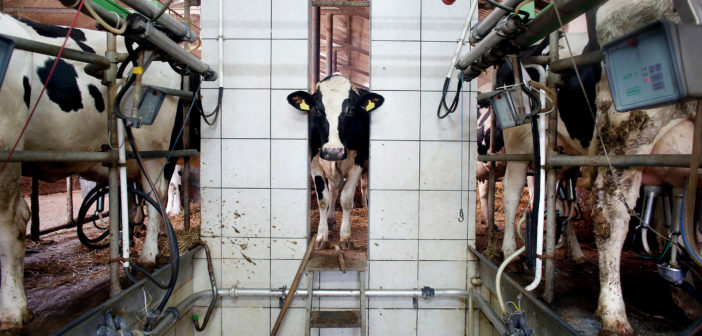HIDDEN: Animals in the Anthropocene, released this week, is an unflinching book of photography about our conflict with non-human animals around the globe. Through the lenses of forty award-winning photojournalists, HIDDEN shines a light on the invisible animals in our lives: those with whom we have a close relationship and yet fail to see. The animals we eat and wear; the animals we use for research, work, and for entertainment; the animals we sacrifice in the name of tradition and religion. HIDDEN is a historical document, a memorial, and an indictment of what is and should never again be.
Showcased by award-winning designer David Griffin, HIDDEN represents the work of forty photojournalists who have documented—and continue to document—animal stories. Their exhaustive and in-depth work has resulted in some of the most compelling and historic images of animals ever seen.
Below, read the foreword from HIDDEN, written by actor and activist Joaquin Phoenix, followed by select images from the book.
Our society conditions us to believe that humans are superior to other species; within this, it also wants us to think that some animals are meant to be eaten while others should share our homes. Wealthy industries churn out dazzling advertising campaigns and propaganda to lure children, parents and other consumers into believing falsehoods that make us ill, exploit entire communities and wreak havoc on our planet. We are entrenched in the ideology that animals are here for us to use. We capture them, cage them, wear their skin, eat their flesh and poison their bodies in the name of science.
There will never be a scenario in which the infliction of fear and pain on a vulnerable individual creates a benefit to humankind.
As animal rights activists, our battle is against the powerful enterprises that have normalized the torment and killing of billions of animals for food, clothing, entertainment and experimentation each year. Like conflict photographers documenting war and other humanitarian crises, the brave photojournalists featured in this book deserve our acclaim. Their work has made it impossible for exploitative industries to plausibly deny the agony and suffering taking place behind closed doors, deliberately kept out of the public consciousness.
May the images in HIDDEN ignite a fire within each of us. May they serve as a reminder of our susceptibility to greed and egocentrism. May they be an admission of our mistakes and fuel our movement with renewed purpose. Until every cage is empty, until all are free, I am yours in action and solidarity.
Warning: these images depict animals experiencing various forms of violence and exploitation and may be difficult to view.


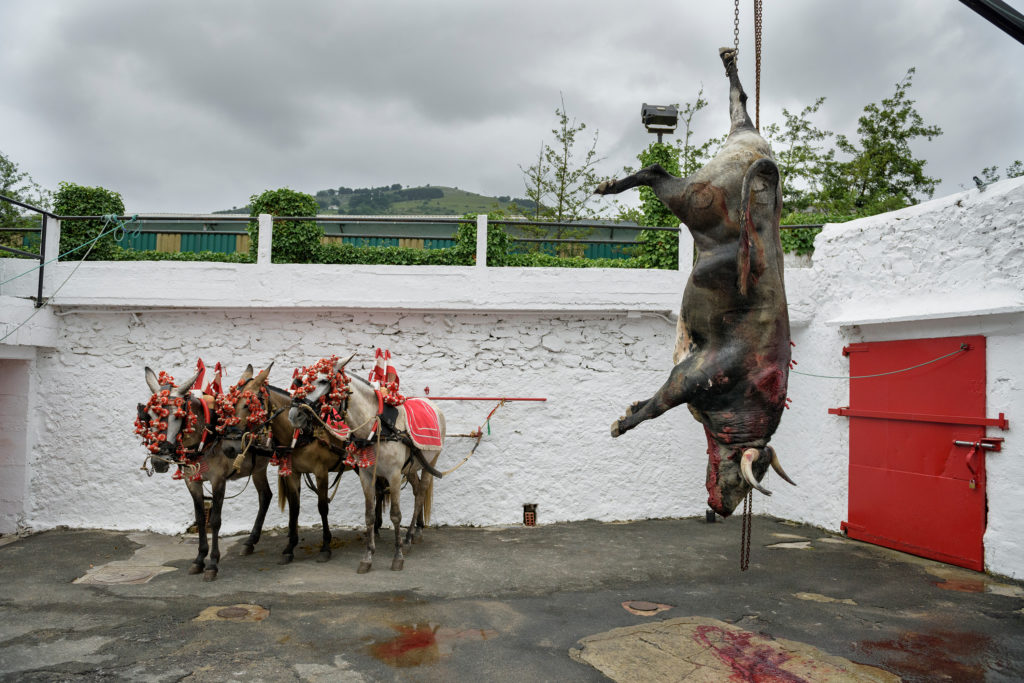
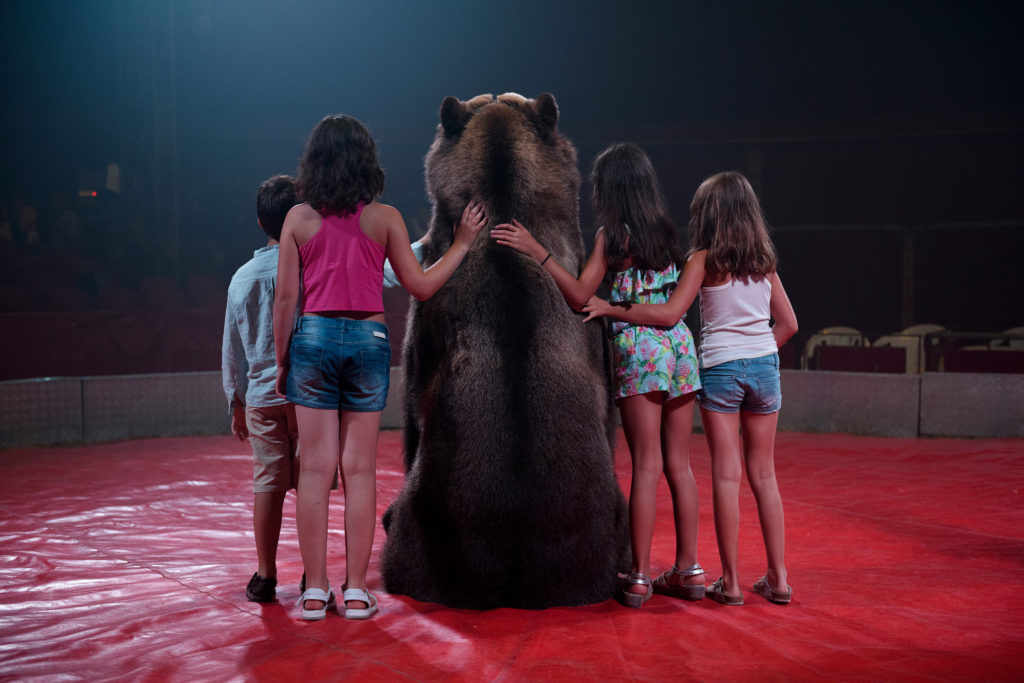

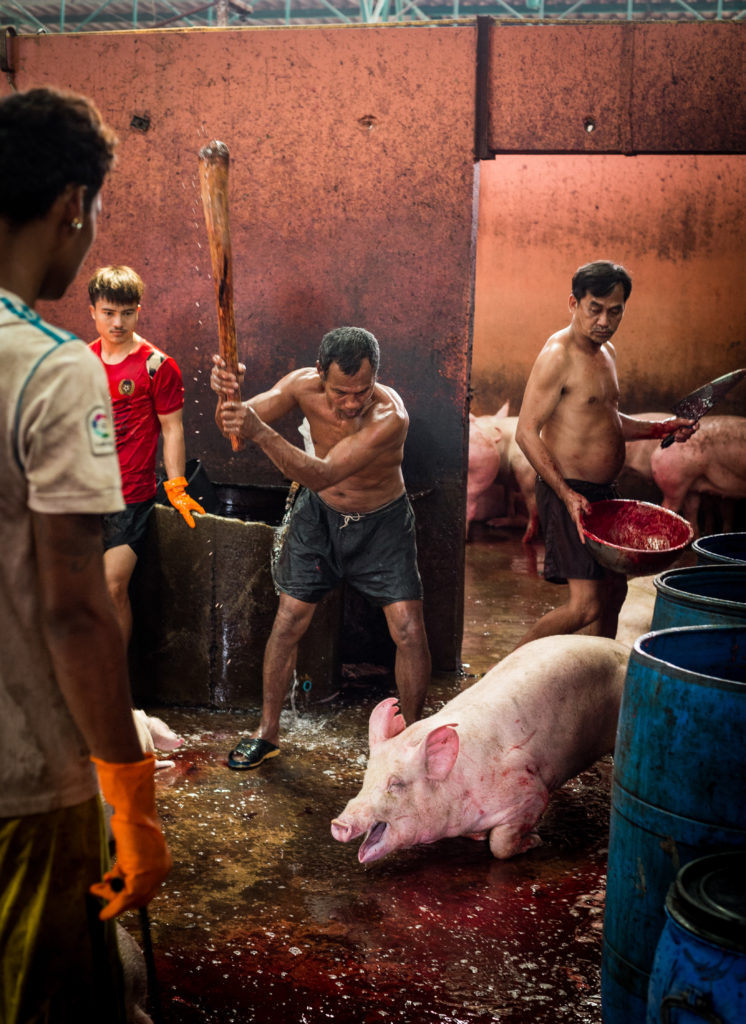
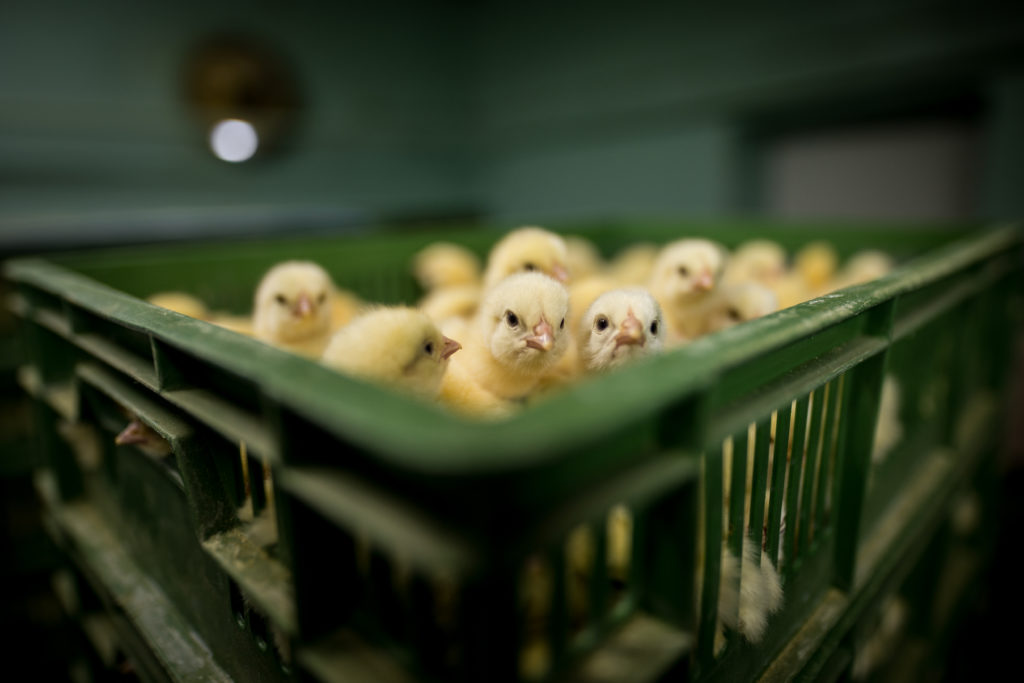

Featured image: a dairy farm in Poland. Steel barriers, concrete floors, tiled walls and push-button technology make up the habitat of the modern day dairy herd. Image credit Andrew Skowron.

